Table of contents
IMPORTANCE OF GENERATING TRAFFIC TO YOUR STORE
Many merchants at the time of starting their adventure in the digital terrain do not keep in mind the maxim of ecommerce: An online store without traffic is the same as having a physical store where no one enters. merchant, I would say that you should give more importance to how to generate traffic to your online store.
That is to say, the traffic inside the store is everything. Many entrepreneurs spend a lot of money to create a store with a good design, optimal payment platforms, and an efficient logistics service, and yet, they do not manage to increase sales significantly. What is the problem? What are they doing, or not doing, to explain the lack of success?
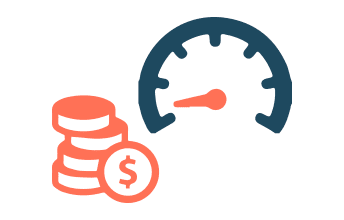
To explain, I will try to illustrate the explanation with an example in the physical world. Let’s say I want to set up a restaurant. To do so, I buy a place, but since I don’t have much money, I do it in an interior square between buildings with a single alley that leads to a main avenue. Thinking that if the quality of my restaurant is good, the location won’t matter, since people will come wherever they want to buy what I offer.
I spend a lot of money to decorate the place, buy the furniture, I also study cooking on my own and attend as many courses as I can. I hire staff to serve the public.
I also hire people to do the maintenance of the place, and, as if that were not enough, I also spend a lot of money to offer the best ingredients for each meal.
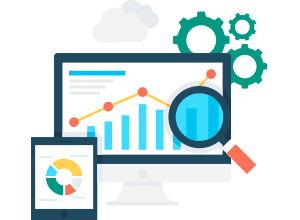
Finally I have a good, quality restaurant, with excellent service and top quality products at competitive prices…but nobody comes to my restaurant. However, I see that others, who have a worse service and quality than mine, have queues to enter their business. Why? Because their businesses are before mine, they are more accessible, and they are the first thing they see when they walk down the street.
I have something better, but nobody knows about it, because I have not bothered to try to make myself stand out. I have trusted that the quality of my service would be enough to position me in the market, but that, ALWAYS, is insufficient. Because there are already thousands of places that have a good service and a good design, what is it about my restaurant that makes them choose me and not another one? Quality alone is insufficient. Price is a hook in the short term, but without promotion that gives high sales, it will be a waste of money. What is needed? HIGHLIGHT
PRACTICAL TIPS TO GENERATE TRAFFIC TO YOUR STORE
If you don’t generate traffic, your store, no matter how good it is, will be hopelessly doomed. Since nobody will know about it. In Innovadeluxe we want to make a small compilation of practical tips for online merchants, and in this post we want to offer you the first steps to follow before you start running.
Updates
Keep your website constantly updated, that there is movement, commitment, dedication … It is vital that the online store is updated. It is a natural way for search engines to take us into account. Therefore, we should update our online store at least once or twice a week. Design new banners for your promotions and keep your online store dynamic.
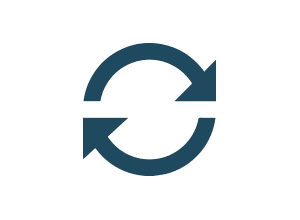
Keywords
This is fundamental when defining our content and cataloging us properly. It is therefore necessary to define our target audience and to specify very well our tags or keywords. This will help us avoid having visits that serve no purpose, or that do not produce conversions in Adwords. This aspect is especially important in Internet commerce. What happens if we do not specify the keywords correctly? We will have unwanted traffic that will not give us real final results.

SEO
The “science” of positioning in Google. It is advisable to take care of all the aspects that allow appearing among the first natural results of Google searches. It is the most effective way to get useful traffic (because they are people who are looking for us), but it is a long, constant and long term process. Be patient and persistent, you will eventually get results. The problem with SEO is that Google is constantly updating and changing, that is, you need to keep up to date with the particularities that Google demands to consider your site a “quality page”.

SEM/Adwords
The paid advertising system is highly recommended when you want to generate traffic quickly. The problem is that it is paid, and the more traffic you generate, the more expensive it will be (since it is budgeted on a “pay per click” basis, i.e., we are charged every time someone clicks on our ad). The other main problem is that it requires as much or more knowledge than SEO to carry it out successfully.

Blog
One of the best ways to generate indirect traffic (i.e. bounced people), is to make a blog that generates quality content that interests a certain type of people who, as a result of these informative content of interest, decide to go to the store to buy your products. Cost? Zero. The problem is that it requires time and dedication (you can always search the web for information to share, but it is necessary to create exclusive content so that people come directly to you as a source of information, and not as a mere retransmission of something written by a third party).

Social media
Again, and always depending on the business sector to which we refer, social networks have proven effective in terms of promotion and traffic generation, but the opposite has also happened: our activity on social networks has a negative impact on our business image (controversial opinions, inappropriate topics, excessive advertising messages…). It is a tool to be used with great care. If necessary, resort to social media training. You will not regret it.

Quality content
Quality content refers to keywords, our target audience and what we want to offer. We have to be very clear about who we want to sell it to, what we want to tell them and how we want to do it. We must investigate which keywords are most used by our potential customers, and orient our informative content around that set of terms. SEO, traffic and the feedback generated will confirm whether we have done it right or wrong.

Conventional advertising
Not only is an online store not free from conventional advertising, but it needs it in order to grow. Like all businesses. Posters, promotional flyers, flyers, small ads in the press … everything is effective and not always very expensive. If we also combine digital with analog, the impact will be greater (for example, make some flyers with printed codes promoting our facebook profile. Users who send us the code will get a discount / promotional gift …)

Online advertising
Online advertising is not only based on Adwords, and, in fact, it has been shown that in many occasions, it is much more profitable and economical to go directly to the content websites that interest our customers, and offer ourselves as sponsors. For an economic amount, webmasters will place banners and links to our site.

Design
It is always known that people are won by the details. Make a good web design, or use a good Prestashop template and customize your design as much as possible. A nice showcase is sometimes more effective than the best offer.

so there you have the first steps to follow to start increasing the impact of your online store on the web, and thus generate more useful traffic. In the next installments, we will give you more tips on how to make your online store a success, without having to go to anyone to do it for you.
GENERATING TRAFFIC TO YOUR STORE: PART 2
When we wrote the first part of this post, a few years ago, we relied on generic information and skimmed the surface of this deep lake that is traffic generation. Recently we have already completed an entry, related to the topic, with more information, but although, the traffic topic was only a part of the whole content of that entry, so we want to expand the corresponding information in its original entry, to have all the information collected in the same place.
In this extension we want to complete the information offered in the first part, with other “paths” that generate new traffic, but also focusing on specific tactics and strategies that you can use to increase traffic to your online store.
Your YouTube Channel
One of the things that we left out in the first part of this post, and that, in large part, has motivated the realization of this second installment, is the subject of videos. The use of video has quickly become a very useful and really effective tool when it comes to getting traffic to our ecommerce, and also, the traffic that comes to us from YouTube is very qualified, that is, they are already very oriented to our type of business, precisely because they have come to us after a thorough search for very specific content, which are those that we offer them on the channel.
The choice of YouTube as a platform to upload our videos is clear. You can sell us the gold and silver bullet that there are better ones, with better quality, with better services…it won’t matter. YouTube is the second search engine worldwide, that is, after the “god Google”, it is followed by his disciple (and son), the “messiah YouTube”. It is the web where most searches are performed every day in terms of content. If being on Google is the main commandment of the tables of internet law, what makes you think that Youtube is less important?

As if that were not enough, YouTube belongs to Google, and if the video platform already has an impressive positioning, with its “twinning” with the search engine, YouTube videos themselves are becoming more and more important in its search results. So a good video will not only improve your SEO and your positioning in general (not only the channel’s), but it will also bring you traffic from YouTube and from Google.
still not convinced? Don’t worry, here comes the icing on the cake. YouTube users spend an average of 15 minutes a day watching videos. That’s almost triple what they spend on other websites. Moreover, the fact that YouTube is a platform designed for sharing makes it a powerful tool to generate vitality in the rest of social networks. Youtube does not compete with them (as they do with the rest), but complements all the others.
Let’s focus on the videos we will upload to Youtube. On how to do it correctly and how to optimize them to the maximum to attract the highest number of online traffic to our ecommerce. We can not tell you what content to include in those videos, since this article speaks in generic terms of the use of videos for ecommerce, not by sector or type of company, so we can not focus on the specific content of each of them, since each one will have its own, as well as a target audience you want to reach (which does not have to be the same, not even, of other companies in the sector), therefore, we will analyze technical aspects of the upload and treatment of the videos.
Optimization of the title and tags
First of all it is important to be clear that the whole field of video editing, once we begin to upload the video to the channel, is no small matter and that we do not have to take it as a hassle to complete, with anything, to be able to leave it uploaded as soon as possible. It is important to focus on the fields we have to fill in and the best way to do it, as this will directly influence our positioning within the platform and, therefore, all our SEO.

The title of the video is one of the things that YouTube and Google value the most to position it in the search results, so we have to make sure that it includes the keyword for which we want to be found. This is really important, since those keywords are the ones that users will use to search for the content. Therefore, it is not only advisable that it is the first thing that appears or is as soon as possible in the title, but you must also include this word in the tags.
The famous “clickbaits”, which could be defined as “bait headlines”, are very popular and for a good reason: they work. Thus, phrases like “7 tips to help you…” “10 things you didn’t know about…” “5 tricks to get you to…”, generate very good results when it comes to attracting traffic to our videos, as they tell the user what they are going to find in the video and if they are interested in it.

Links in the video description
We return to the same as before: pay attention to the fields to be filled in when you upload a video. In the video description you can include links, which in addition to being positive for our positioning in Google, can receive many clicks from users, because if a video generates interest, people will eagerly search for more information about what they have just seen. Imagine you upload a video review about a product you just received and that you are going to sell in your store, wouldn’t it be stupid not to link it directly to the product page of your online store? Customers will be able to access it directly and buy it, or at least see its price and browse our store. Therefore, it is essential that you always add a link in the first sentence of the description so that it is always visible, remember that if you put it at the end it will not be seen in the reduced version and users will have to click on “see more” to see the link.
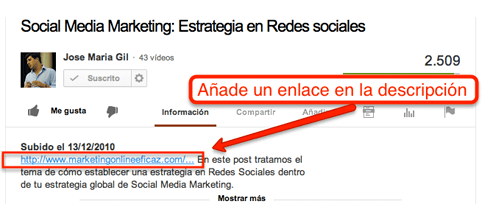
Links in the video itself
This YouTube feature has been active for quite a few years now, but it is undoubtedly the best way to generate traffic from our videos to our website or blog. It consists of labels, skirts and other “pop up” type tools that generate a small frame of text or image in specific parts of the video (at our choice), these frames are interactive, so you can link all kinds of things, from another video to the product page of our online store. To do this, simply access the “annotations” section and edit the parts of the video where you want them to appear. If you want to achieve the greatest effectiveness, it is best that the video itself indicates to users that they can click on these links (not always assumed, so putting a “click here to access…” is a good way to let them know).

Do SEO, but do it right.
We always talk (us and everyone else) about SEO and organic search engine optimization, about how you have to be there and that you have to fill out everything well everywhere and on each of the pages of our store, so that each one positions independently and that gives us more traffic to our online store. But the truth is that we do not stop to detail, concretely, what exactly this task consists of, so we will focus on building the house from the foundations, and not from the roof.
The keywords
The first thing you must do to position your online store in search engines is to tell Google what your page is about, what you do, what you sell, for what and where. Thus, when searching for a topic related to your website, it will appear in the results related to that search. For the god Google to know who you are, the only way you can do it is through keywords.
Keywords are terms related to the same topic. That is to say, if you sell, for example, ski clothes, you will have to use words and phrases related to it: “ski clothes” “snow clothes” “winter sports clothes”, “snowboard clothes”…

You must analyze what is the theme of your page and look for keywords related to it, and that’s up to you, because no one else knows what you sell. Although it is true that, when choosing the keywords, we can be in doubt about which are the best for our business. Certain doubts and fears arise that make us doubt whether it is better to go one way or the other, or both, and we need to clear up doubts. You can do this with the Google AdWords keyword planner (https://adwords.google.es/KeywordPlanner). All you have to do is register for free on that page, type in your main keyword, and then click on “get ideas”. You will then be presented with many other related terms and how many times those words are searched for on Google to give you an idea of their popularity. This will help you get an idea of both the competition you will be dealing with (obviously the most generic terms are the most requested), as well as other alternatives to your keywords that, while not as popular, may be of interest to you because they are more specialized than the generic ones. Sometimes it is better to bid for less popular but more qualified keywords than for the most common and searched ones.
Use your keywords in all titles
As expected, just looking for a few keywords will not be enough to position us, you have to introduce them in your page or blog so that Google recognizes them and relates them directly, so you can improve your positioning within these keywords.
Since this is not something “automatic”, it is best that you install a module within your online store that allows you to create a box on each page/entry of the store where you fill in these fundamental aspects. Google will go into your store and it will be what it finds and organizes.
You must enter the keyword in all the key aspects of the module you use:
The title: the title of your blog article or section of your website must contain the keyword you have chosen. This may seem a bit “silly”, but as we talked about before in the Youtube section, clickbaits work, both for search engines and for the users themselves, who already see their doubts cleared up in the headline itself (thus increasing the chances of more users clicking on it).

The description: the part where you write a short description about the product or your page, and include the keyword. Try to make this description as attractive as possible so that when users read it on Google, they feel curious to read you and click on the result to go to your page. Descriptions do not index directly, but they are the incentive for users to click. The headline positions and the description converts. It is the best way to get traffic from search engines.
Keyword: this box was, in its day, the most important because it is where you must write your keyword. Thus, people used to enter keywords in a crazy way, to position themselves in the more the better, making, in many occasions, an unethical use of the tool to get more attention and traffic. However, Google’s algorithm no longer takes this into account in the same way, it has not disappeared completely, as it still helps to organize its results, but it does not have, by far, the same importance as in the past. Today it is more a type of ranking, similar to tags, than a direct method of getting traffic. Google will take into account updates and original content much more than the keywords you use.
Use your keywords in your blog content
You have already written your keyword in the title of your page and in the headings: now you must do it also in the body of the text you include. It is important, not only because Google will index it, but also because you increase your “presence” on those keywords. It is no longer a matter of “cheating” by using the keywords in titles and articles of the page, but you are creating content related to the topic so you have to make it known. The best thing to do is to introduce the keyword within the first 50 words you write, in some of the last sentences of the text, and a couple of times in the middle of the text. This will help the search engines to position you better.

Do the same for images
Make no mistake, Google Images is not the same as Google when it comes to indexing your content. While Google is based on text, Google images focuses on the photos and images on your website and ranks them independently of the rest of the content. So it can be the case that you have a very well positioned image, because you have done a good SEO work with it, and however, the content in which it is immersed does not have the same result. So it is very important, to generate traffic, that an article or page has images, so you must include at least two of them in each one you elaborate, writing the corresponding keyword in the “alternative text” or “Alt” section that will appear. This will help to position the images in those same keywords you have chosen.
We have already expanded a little more information about it but there is still much to learn about how to attract traffic to your online store, a task that is a job in itself (then, in addition, you have to do everything for what we are supposed to have mounted the ecommerce) and for which we will never finish training enough, because if anything in particular is that it is always changing (like society and its habits), so we can only continue learning and researching the rest of our lives. But don’t let that discourage you, because you will also be immersed in these changes and you will know how to adapt to society’s searching and buying habits (because you will be doing it too).
Stay tuned to the blog for future installments and updates on how to generate traffic for your online store.
cheers and good ecommerce!

Related Posts



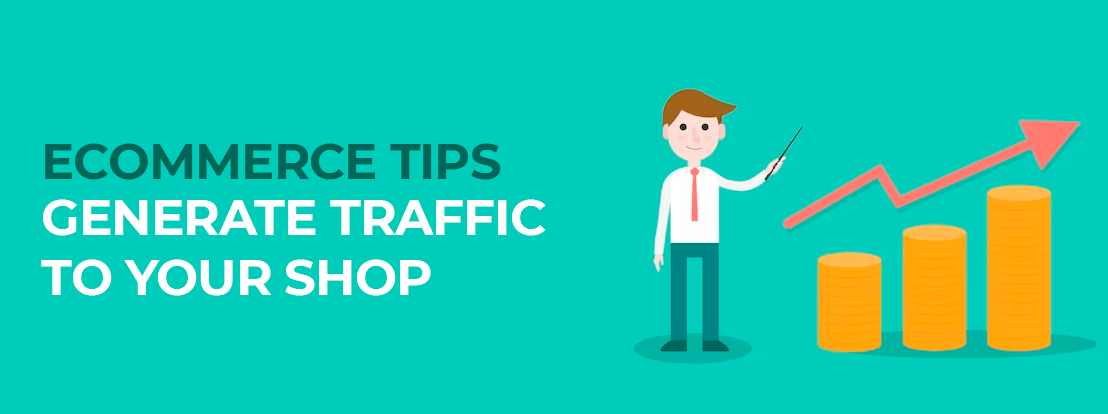

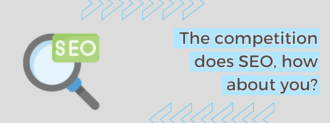
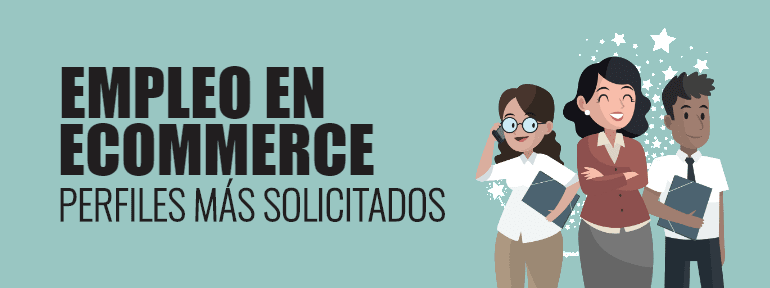
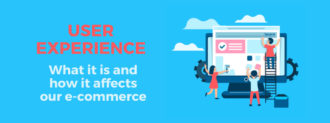
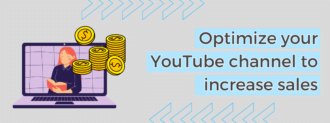

Deja un comentario